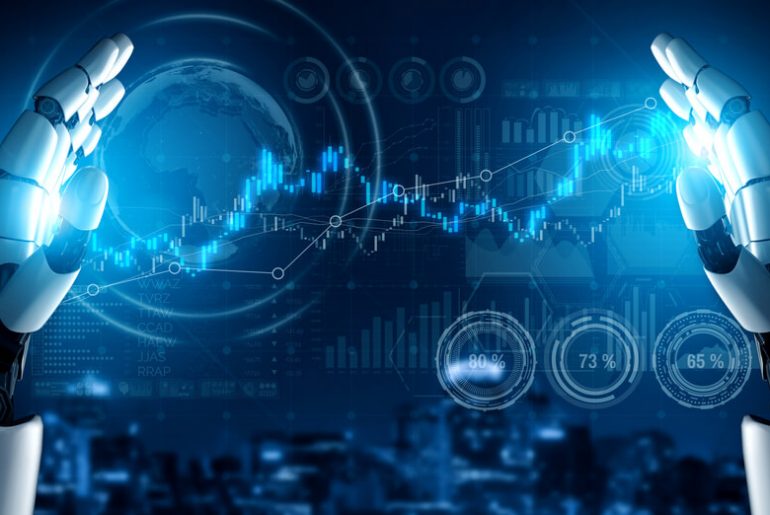Hello everyone! Today, I want to talk about the use of artificial intelligence and algorithmic strategies in trading. This topic is relatively new, so let’s explore it together.
In today’s increasingly complex and competitive trading landscape, traders need advanced technologies and tools to survive and thrive in financial markets. Artificial intelligence and algorithmic strategies are precisely the tools that allow for the automation of decision-making processes, enhancing trading efficiency.
The Basics of Artificial Intelligence in Trading
Artificial intelligence in trading is a set of technologies that empower computers to analyze extensive volumes of information and subsequently make predictions. With AI, traders can identify trends, uncover hidden patterns, and make decisions by analyzing massive datasets, a task that would be overwhelming for humans.
AI utilizes various methods, including machine learning and neural networks, to analyze and interpret data. It can scrutinize news texts, stock quotes, trading volumes, and more to predict future market movements.
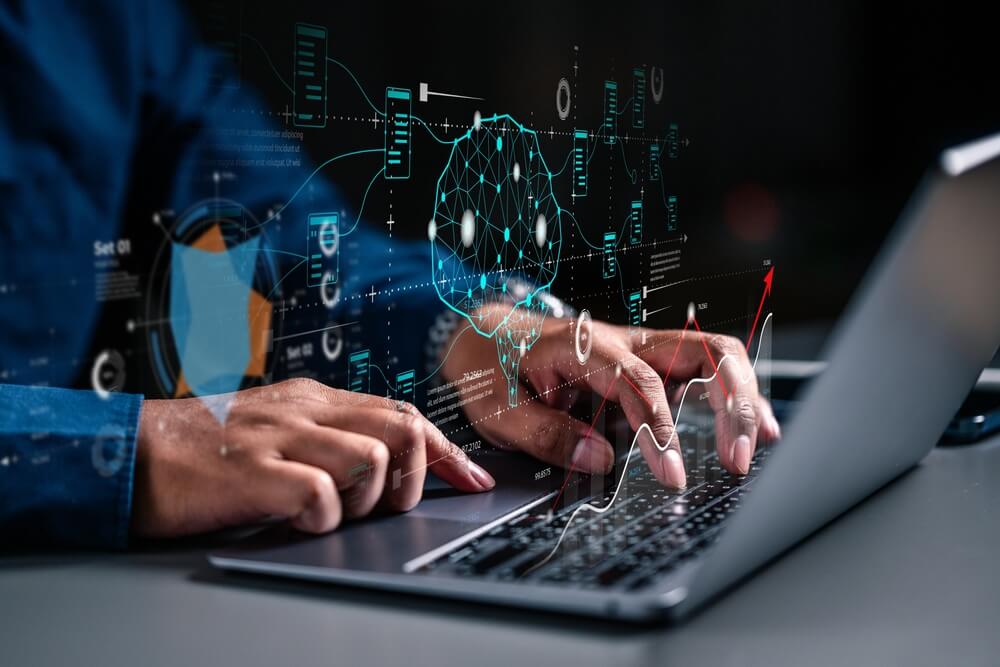
Algorithmic Strategies in Trading
Algorithmic strategies are sets of rules and instructions used for automated trading in financial markets. These strategies can be developed using various methods of analysis and market movement prediction. For example, the “mean reversion” strategy is based on the assumption that asset prices tend to return to their average value, and the strategy tries to identify moments when an asset is overvalued or undervalued.
How Trading Algorithms Work
Developing and adjusting algorithms requires not only technical skills but also an understanding of the chosen strategy’s unique features and the market. It is important to conduct thorough analysis and research to determine which parameters and factors will be most significant for your algorithm. For example, when developing an algorithm for trading a company’s stock, you need to take into account financial reports, news, and the overall economic situation.
Additionally, it is important to consider the current market liquidity and volatility level. For example, in highly liquid stock markets, you can expect quick order execution, while in less liquid markets, it may take more time to complete transactions. Algorithms should be adjusted accordingly to ensure optimal results.
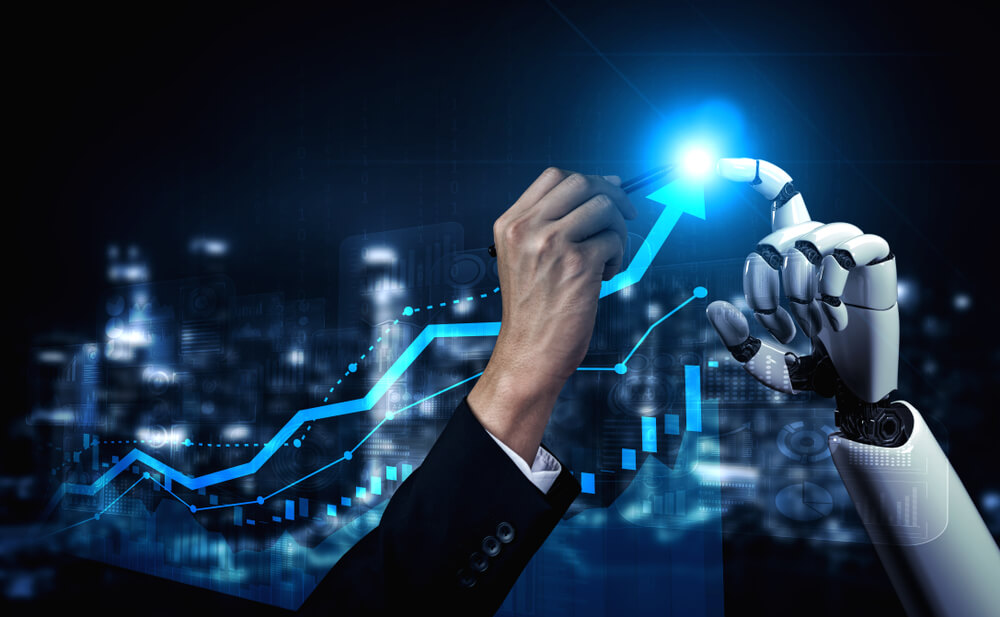
The next important step is choosing a suitable trading platform capable of automating transactions based on your algorithm. Popular trading platforms provide extensive opportunities for setting up and monitoring algorithms. Once the algorithm is launched, it continuously analyzes the market and automatically executes trades under the set conditions without trader intervention.
This also helps to avoid emotional decisions. Fear and greed can lead to impulsive actions and losses in the market. However, algorithms strictly adhere to the set rules.
Artificial Intelligence and Machine Learning in Trading
Another example of using machine learning in trading is analyzing market data to identify patterns and seasonal trends. Machine learning models can analyze historical data on asset prices and trading volumes to find patterns that repeat at certain times. For example, such models can identify that a particular stock usually increases in price at the beginning of each year, which is very useful information for traders and investors.
Another example is predicting market volatility using machine learning. Machine learning models analyze historical price fluctuation data and predict how the volatility level will change in the near future. This information is very useful for traders who adjust their strategies based on the predicted market volatility.
It’s important to note that machine learning should not be considered a magical tool that always brings profit. The accuracy of predictions depends on the quality of data and the correct choice of machine learning models.

Pros and Cons of Using AI and Algorithms in Trading
Pros:
- Decision Automation: Algorithms and artificial intelligence can automatically execute trades based on a predefined set of rules and conditions, reducing the impact of human error.
- Speed: Computers can react instantaneously to market changes, minimizing time delays.
- Data Analysis Volume: Algorithms can analyze extensive data and detect patterns that might go unnoticed by humans.
- Emotional Neutrality: Algorithms are not capable of experiencing emotions, reducing the likelihood of impulsive decisions.
- Accuracy: AI improves the accuracy of market movement analysis and predictions, helping traders make more informed decisions.
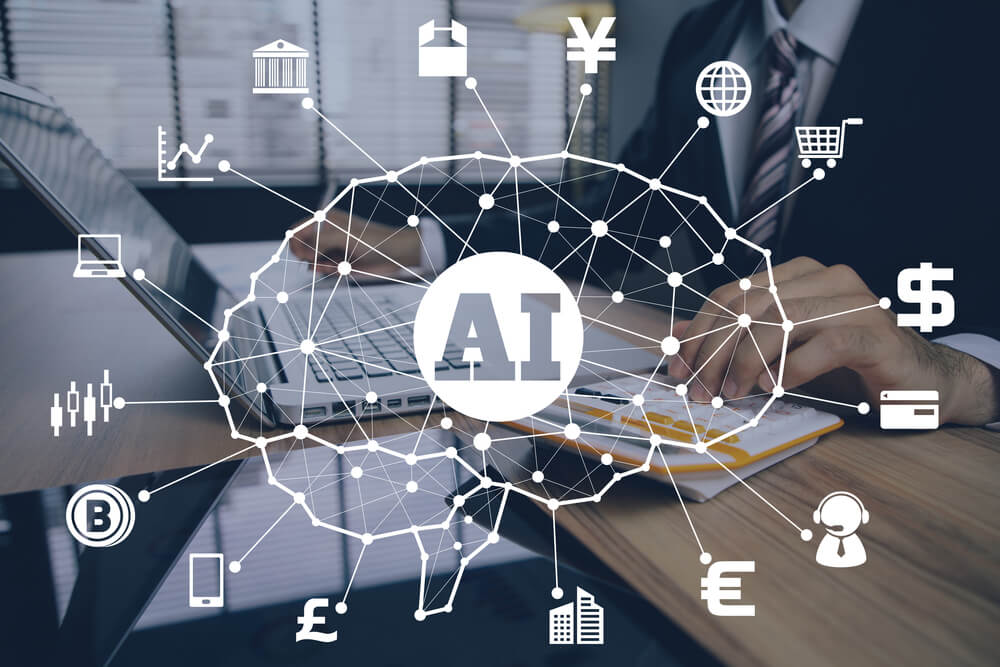
Cons:
- Complexity: Developing and tuning algorithms requires a deep understanding of the market and programming skills.
- Risk of Poor Adjustment: Poorly configured algorithms can lead to significant losses, thus requiring thorough testing.
- Security and Reliability: No one and nothing is immune to hacking attacks or technical failures, necessitating additional security measures and maintenance.
- Loss of Intuitive Analysis: Algorithms may not account for atypical market situations that experienced traders can notice.
- Data Dependency: Errors in data can lead to incorrect decisions.
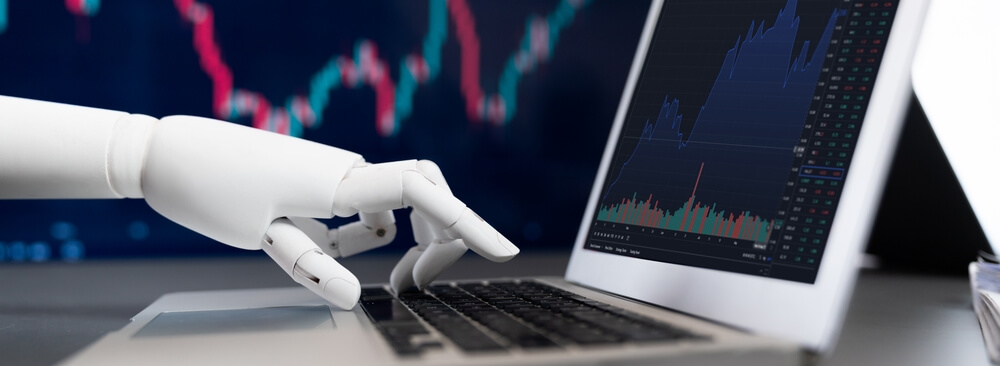
In conclusion, the use of artificial intelligence and algorithms in trading has both pros and cons. AI is a powerful tool that can significantly improve your results in the financial markets. However, successful application of this technology requires knowledge and experience.
While adopting new technologies always involves risks, the future belongs to AI, and it’s essential to start preparing yourself for it today.

